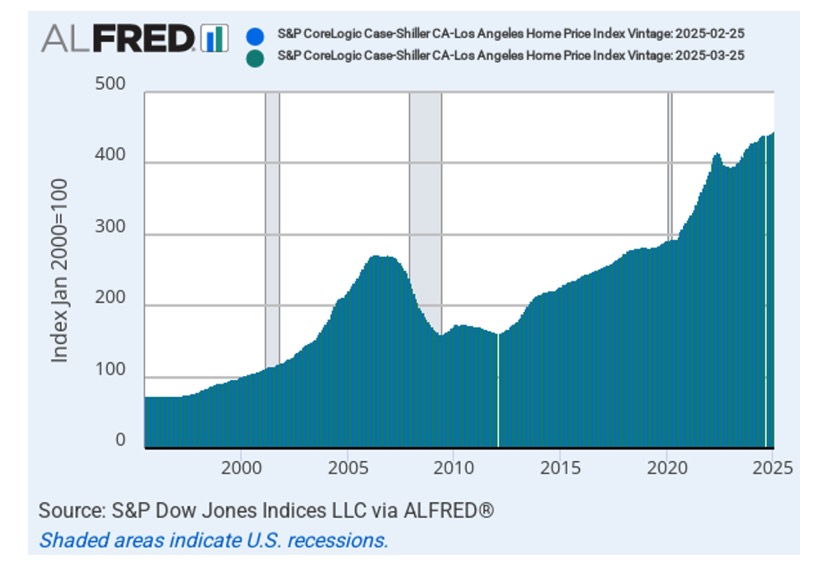Comments
PLANNING WATCH - Los Angeles, like most American cities, is a testimonial to failed housing policies. Even though the “experts” and the media attribute homelessness to drug use and mental illness, a UCSF study reveals that this only applies to about one-third of the homeless. Plus, many of the homeless turned to drugs or developed mental problems when they were forced to live on the streets. Furthermore, the millions living in overcrowded conditions are clearly victims of external economic forces, not drug use or mental illness.
The real causes of homeless and overcrowding are rarely presented to the public: rising economic inequality, inflated housing costs, and the end of public housing. Furthermore, for the minority whose drug use and/or mental illness cause homelessness, we are not told why their conditions are not treated. Nor does the media ever tell us why most people with severe mental illness – over 16 million in the United States – are not homeless or living in overcrowded conditions. After all, there are about 650,000 homeless people in the USA, and even if they all theoretically suffered from mental illness, they are only 4 percent of this population. Why have the remaining 96% kept a roof over the head? Since this important question is not asked, here are my answers.
Real causes of the housing crisis
Answer #1. The cost of housing keeps rising faster than incomes. For the United States, or particular centers of homelessness and overcrowding, like Los Angeles, the cost of housing has become prohibitive. Over the past 30 years, as shown in the chart below, after inflation the price of housing in Los Angeles has quadrupled. This change has forced many people to live on the streets or in overcrowded conditions (1.5 persons per room).

In Los Angeles, the LA Times reports that 10 percent of the housed population lives in overcrowded conditions. City officials peg overcrowding higher, at 17 percent.
Answer #2. Controlling for inflation, most personal incomes are flat or declining. In the Los Angeles area, for example, incomes have barely moved in 50 years, even though home prices have increased by over 400 percent. If we further factor in income differences, we learn that the top tier had 10 times the income than the bottom tier, a better measure of inequality than median income, an average that conceals major differences.
Answer #3. Non-market (i.e., public) housing programs have been eliminated, beginning with the Nixon administration. At present, the housing situation is stark for most Americans, including Angelenos, even though millions of homes sit vacant. For example, nationwide 650,000 people are homeless on any given night, while 10,000,000 homes are empty. This means that each homeless person could move into 15 vacant houses. Among the many barriers to this solution is money. The homeless and overcrowded cannot afford to buy or rent a vacant house or apartment.
Meanwhile, 75 percent of the US population lives paycheck to paycheck. They could become homeless in a major (and expected) recession. The situation is now bleak, but will get worse as a greater share of the US population is priced out of housing.
Furthermore, the idea that we can build our way out of homelessness is not credible because it ignores the low incomes of most homeless and overcrowded people. Until their incomes are lifted by higher wages or benefits, the housing crisis will get steadily worse.
(Dick Platkin ([email protected]) is a retired LA city planner. He reports on local planning issues and is a board member of United Neighborhoods for Los Angeles. Previous columns are available at the CityWatchLA archives)














